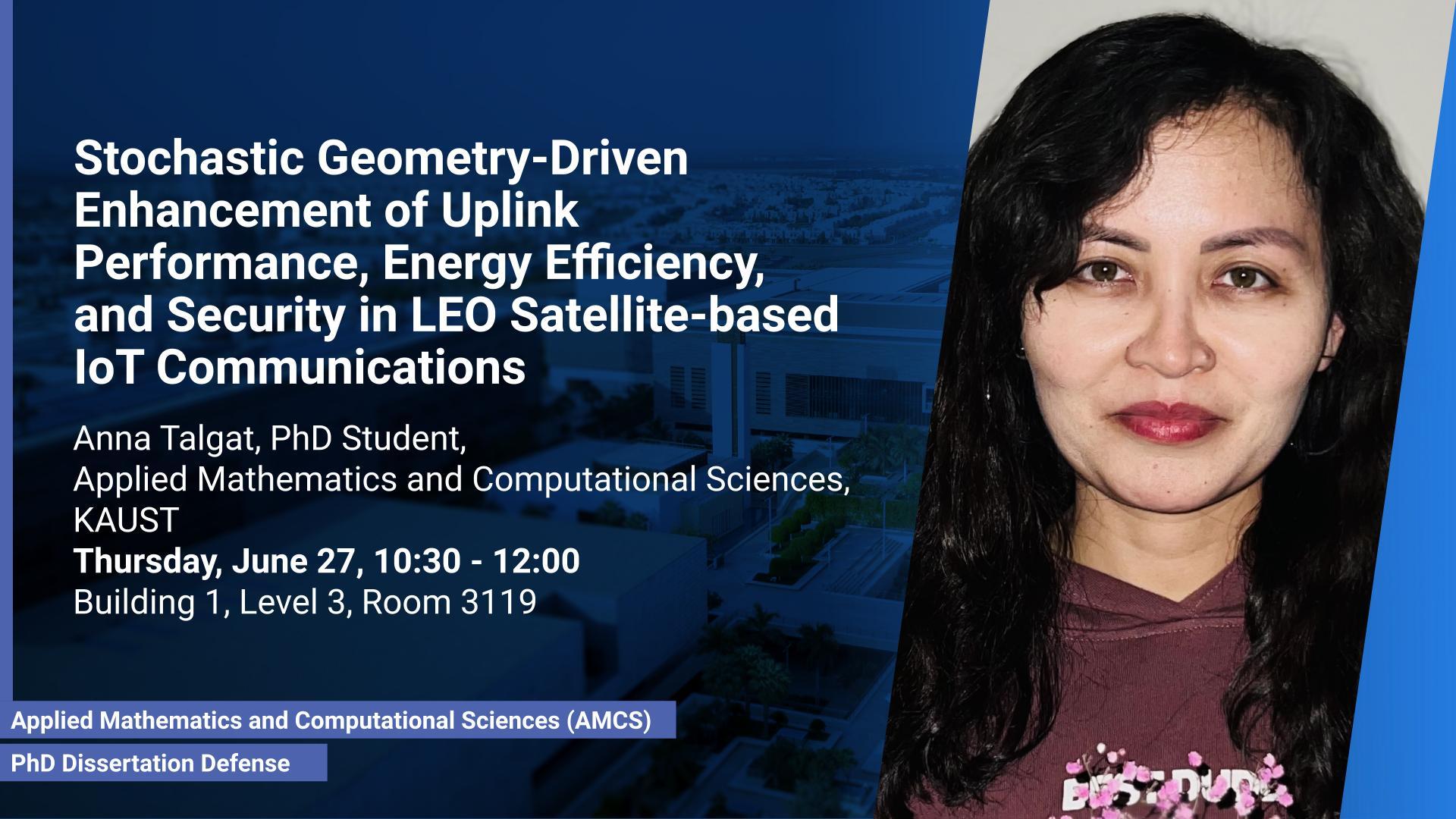Abstract
This dissertation examines the deployment of Low Earth Orbit (LEO) satellite networks to enhance Internet of Things (IoT) connectivity across extensive geographic regions, including remote and rural areas where terrestrial infrastructure is insufficient. Through a comprehensive study structured into three main areas, this research addresses uplink performance, energy sustainability, and security challenges associated with LEO satellite communications.
The initial section of the research focuses on the uplink performance of battery-powered IoT devices communicating with LEO satellites using stochastic geometry tools. This analysis is vital as it identifies the optimal communication strategies—either direct or indirect via gateways. It reveals that while direct communication ensures higher coverage probability, it adversely affects the battery life of IoT devices, thereby emphasizing the need for efficient energy management strategies in deployments reliant on battery power.
Building on the insights regarding battery life, the second focus of the dissertation shifts to energy sustainability in environments where conventional battery use is impractical. A pioneering energy harvesting strategy is introduced using a multi-tier Power Beacon (PB) network designed for battery-less, chargeable IoT devices. This strategy is crucial for sustaining operations in isolated areas, enabling devices to function continuously without traditional power sources through a 'harvest-then-transmit' approach. Evaluating these strategies demonstrates how they can significantly improve the network's energy efficiency and operational sustainability, thus overcoming the limitations of existing infrastructures.
Lastly, the dissertation addresses the security vulnerabilities introduced by the expansive deployment of LEO satellites, specifically the risk of eavesdropping. By integrating Physical Layer Security (PLS) techniques into the stochastic geometry framework, the research offers new analytical expressions for security performance metrics and examines the effectiveness of Artificial Noise (AN) in safeguarding data transmission against potential satellite eavesdroppers. This aspect is essential to ensure that the connectivity provided is not only continuous and efficient but also secure. This segment highlights the complex interplay between satellite constellation configurations and security parameters, providing a pathway to robust and secure satellite IoT communications.
Overall, this dissertation not only bridges theoretical research but also sets the groundwork for future innovations in satellite-based IoT systems, offering strategies to overcome the limitations of current technologies in coverage, energy sustainability, and security.
Brief Biography
Anna Talgat received a B.S. degree in Mathematics from Fatih University, Istanbul, Turkey, in 2015 and an M.S. degree in Applied Mathematics and Computational Sciences from KAUST Saudi Arabia in 2020. She interned at the Department of Applied Mathematics and Theoretical Physics (DAMTP), Cambridge University, in 2014. Currently, she is pursuing a Ph.D. degree at KAUST under the supervision of Prof. Mohamed-Slim Alouini. Her research focuses on the application of stochastic geometry to enhance IoT communications over LEO satellite networks.


